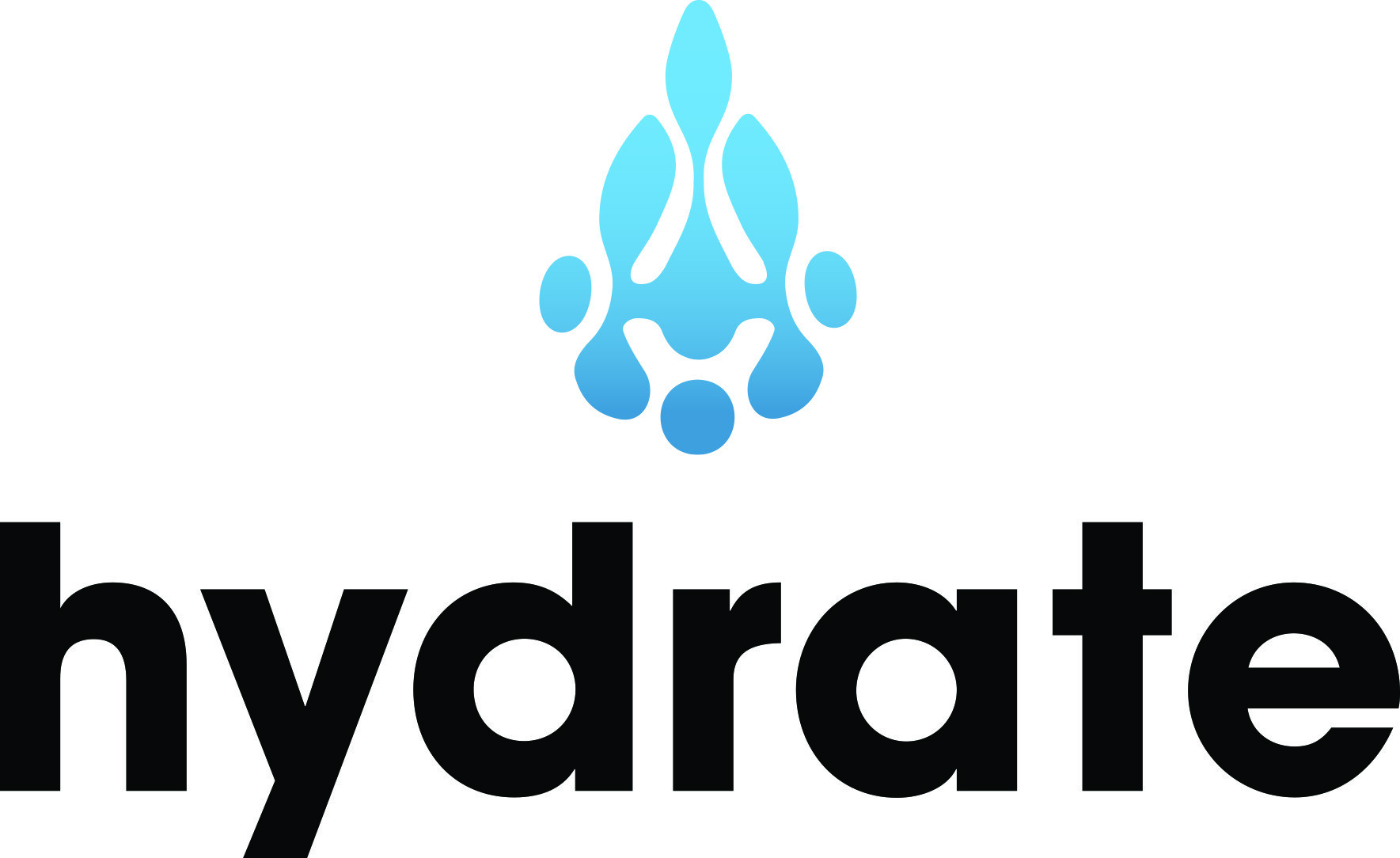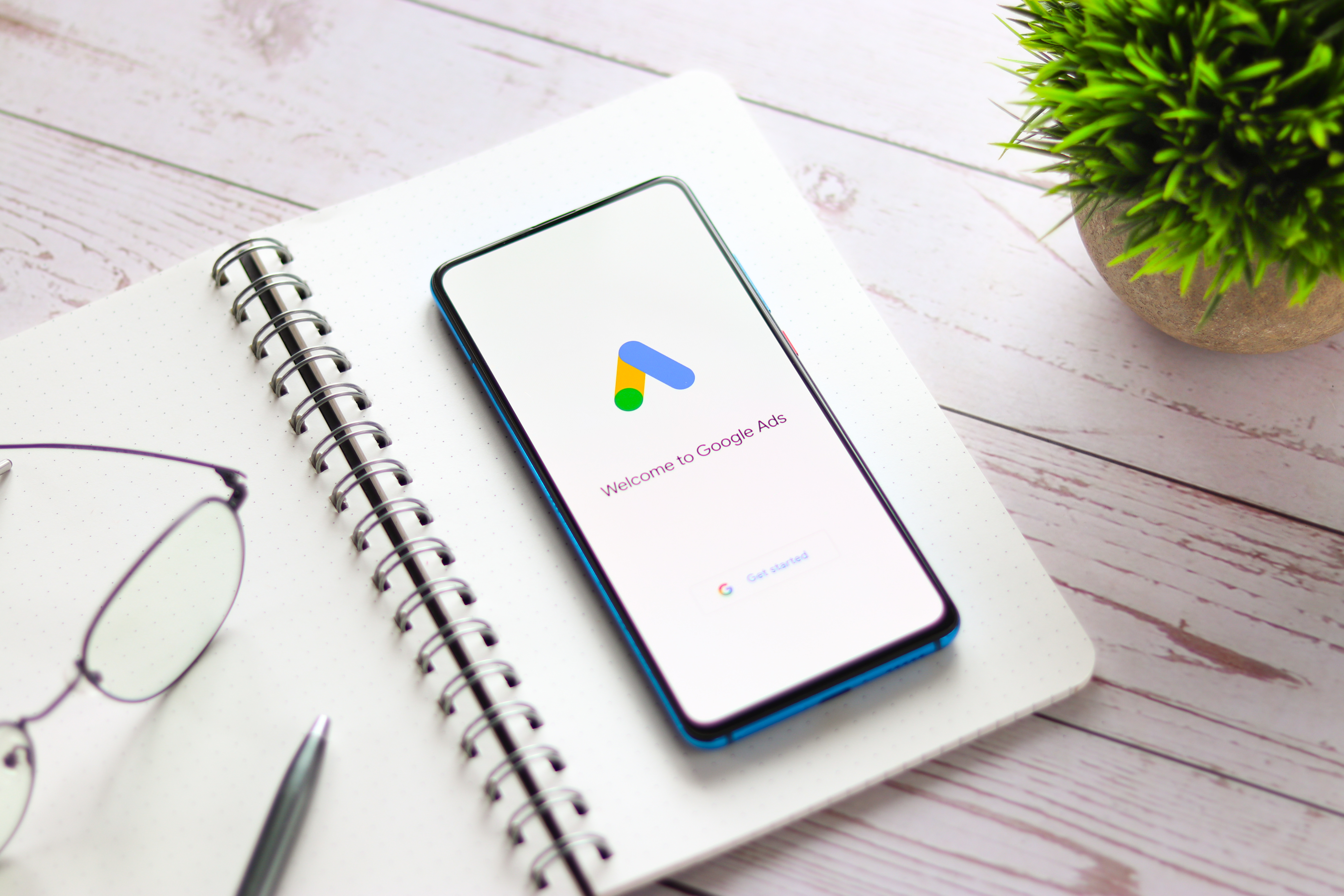As modern marketers, we love to hype up digital advertising. Running ads on some of the world’s biggest platforms, such as Google, is a no-brainer because the prices are reasonable, and the reach is awesome. You may have already read about Search Ads in our other blogs, but that is just one campaign style of many found within Google.
Another option worth familiarizing yourself with is Google Display Ads. These are image-based and shown to passive browsers on websites within the Google Display Network (versus text-based Search Ads that are shown to active researchers). Due to the nature of the audience they’re shown to, Google Display Ads are perfect for targeting people in the early stages of the buyer’s journey. If you’re looking to expand your reach beyond Google’s search results, keep reading.
What Are Google Display Ads?
As previously mentioned, they are image ads that appear on a wide variety of websites, whose owners have voluntarily opted in to displaying them. This group of websites is known as the Google Display Network, which consists of 35 million sites and apps, as well as Google-owned properties like YouTube and Gmail. All involved website owners are paid per click or impression by Google, which is likely why they’ve agreed to join the network.
%20copy%202.png?width=2874&height=1394&name=Untitled%20design%20(5)%20copy%202.png)
Advertisers benefit from Google Display Ads because they get your message in front of the relevant browsers found within the huge pool that is the internet. These ads allow you to be very targeted, meaning you can speak directly to audience segments that align with your brand. To take advantage of Google’s targeting capabilities, you should start by selecting goals for your campaign. These could be to drive more sales, leads, or website traffic. Another possible goal that Google Display Ads are perfect for is building brand awareness.
Settling on a goal helps you narrow down your audience segments. If you’re looking to increase awareness, you can target people who are likely to be interested in what you sell. If you’re trying to get some more sales, you can show your message to people who have already visited your site and may just need one last poke to seal the deal. It’s a common experience these days to be followed around online by ads featuring a product you’ve looked at a few times or added to your cart. Through retargeting ad campaigns, Google gives you the opportunity to put your offerings front and center in the same way.
Want to know the best part? All this optimized targeting can be automated. Choosing to automate your Google Display Ads will not only save you time and effort, but it will also likely increase your conversion rate. Over time, Google can learn which audience segments are best suited for your brand.
Targeting isn’t the only thing you can automate! There are two types of Google Display Ads: single image, which are static designs that you create and upload, and responsive. When it comes to the latter, you upload various assets (images, headlines, descriptions, etc.) and Google creates the best combinations for each placement. The platform adjusts not only the appearance but the size, making it so your content can fit nicely in essentially any available ad space. Going with responsive ads will most likely improve your campaign’s performance because they seamlessly blend into the Google Display Network websites, allowing you to capture attention in an attractive and user-friendly manner.
How Much Will Google Display Ads Cost You?
Setting yourself up in the Google Ads platform is usually free. However, although you don’t have to pay for the account, each ad will cost you. So, you may want to consider running a smaller campaign the first time around. That way you can figure out what does and doesn’t work for you and your budget. There is a bit of a learning curve, as Google Ads is based on a bidding system. Basically, you select the maximum bid amount you’re willing to pay for a click on your ad. How do you pick that number? Well, the straightforward answer is that the higher your bid, the better your placement will be. But that doesn’t mean you should just throw money out into the world wide web and hope for the best. One strategy that might help is taking advantage of – you guessed it – automation.
Google Ad’s automation extends to the bidding process. If you utilize this feature, the platform will adjust your bid to help with your ROI. This is accomplished through advanced machine learning that is used to optimize your bids for conversion in every auction, saving you time and improving your ad’s performance.
Want some more good news? Google Display Ads are often more affordable than Google Search Ads. Although spending money always hurts a little, knowing that the Google Display Ads you’re paying for are reaching specific, relevant audience segments should ease the pain a little. It’s better than the old days when your only option was to pay publications and stations to blast your messaging to anyone who would listen, whether they cared about what was being advertised or not.
Why Should You Run Google Display Ads?
Thanks to all its advanced automation features, the Google Ads platform is designed to not only be used easily, but effectively. You can rest assured that the audience segments you’re reaching with these ads are genuinely interested in the types of things you sell or the services you offer. The platform gathers this information by assessing if someone has been to web pages that offer similar goods or services in the past. Or, with the magic of retargeting, if they’ve visited your website in the past and might want to come back for more.
If you’re deciding between Google Search Ads and Google Display Ads, don’t forget to consider where your target audience segment is in the buyer’s journey. Google Display Ads are the right choice for those trying to get their content to people who don’t even know they have a “problem” that needs to be solved yet. The fact that they’re visually appealing, versus plain text, helps to make your brand memorable. That way, when a potential customer reaches the research stage, they’ll remember you and the solutions you offer!
Also, Google Display Ads can be particularly helpful if what you sell isn't something that people commonly input into Google Search. However, there’s no need to pit these two campaign types against each other. Sometimes, they work even better in unison. If you can drum up some more awareness with your Google Display Ad, that might result in more branded searches, which can boost any Google Search Ads you have running.
The value of Google Display Ads is clear: they have the power to make your target audience aware of your brand right at the beginning stages of the buyer’s journey. These ads meet internet browsers where they are. Thanks to retargeting, they can keep your content front and center until the prospect is comfortable enough with you to become a customer. If you need assistance with using Google Ads to reach your goals, feel free to contact us at any time.
Photo Credit: sdx15 - stock.adobe.com







